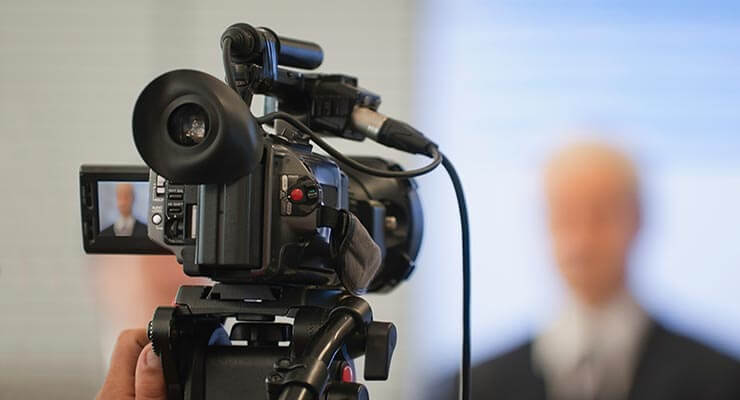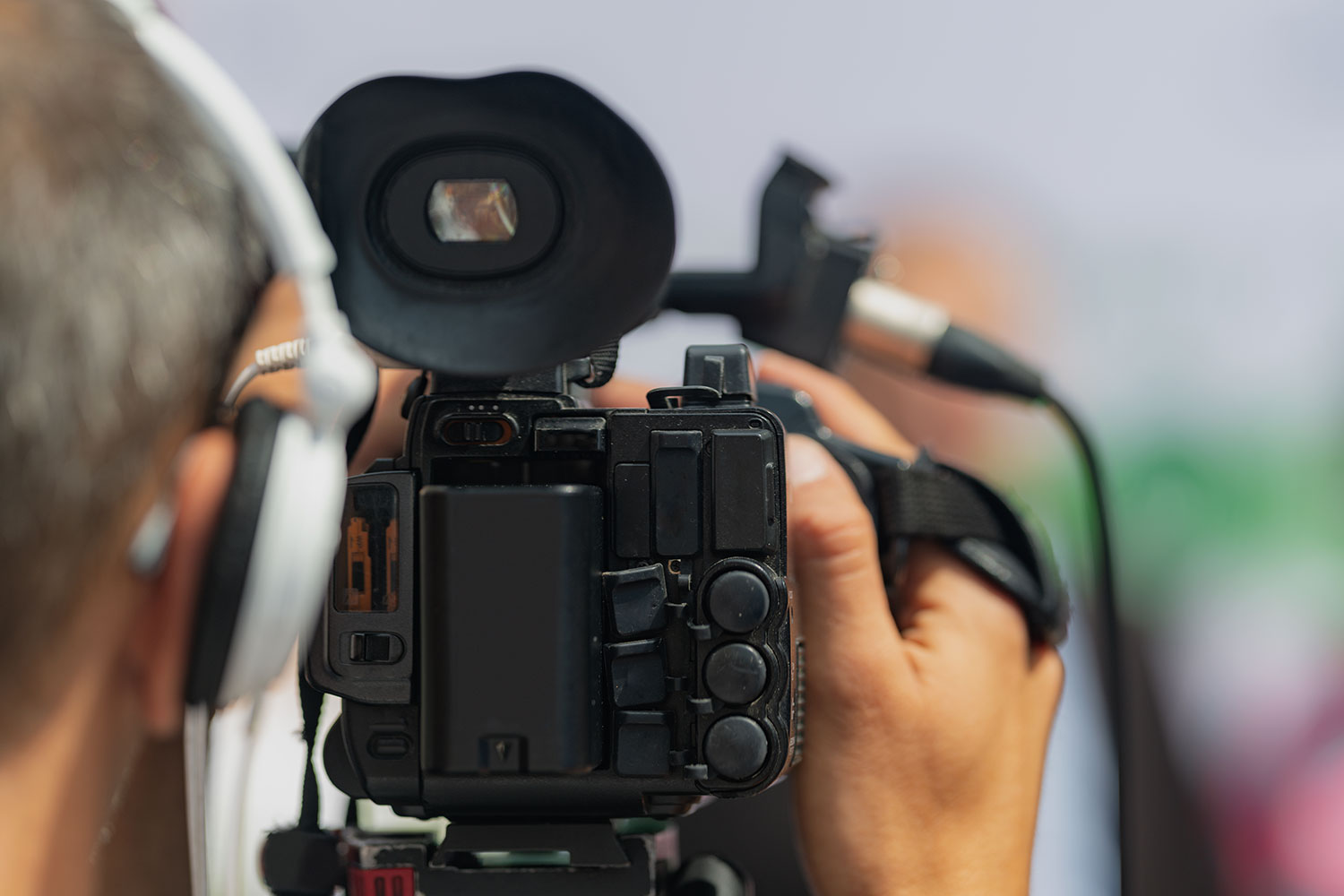Legal Videography: A Comprehensive Guide to Recording Depositions
Legal Videography: A Comprehensive Guide to Recording Depositions
Blog Article
Key Benefits of Using Videography in Legal Instances
The assimilation of videography in lawful instances presents a series of calculated advantages that can considerably affect trial results. By improving proof discussion and improving witness reliability, videography works as a powerful device to involve jurors and share intricate stories properly. This tool protects important statements, guaranteeing that important information is not lost to memory degeneration. As the lawful landscape remains to progress, the ramifications of leveraging videography in trial settings merit more detailed exam, particularly in recognizing just how these benefits translate into substantial outcomes in the courtroom.
Boosted Evidence Presentation
Improved evidence discussion through videography has actually reinvented the way lawful cases are said and comprehended in the court room. By integrating high-quality video recordings into lawful proceedings, lawyers can share complicated details in a more interesting and understandable way - Legal Videography. Videography permits the visualization of evidence, making it less complicated for juries and courts to understand the context and value of the here and now facts
In enhancement to improving quality, videography can also catch real-time events, giving an authentic representation of events relevant to a case. This immediacy can substantially affect the persuasiveness of a debate, as visual evidence frequently resonates much more highly than composed paperwork. Additionally, video clip proof can include important aspects such as body language, tone of voice, and ecological factors, every one of which contribute to a more alternative understanding of the instance.
Making use of videography additionally enables effective organization of proof, enabling attorneys to provide their arguments in a meaningful and rational fashion. By purposefully including video clip into their discussions, lawyers can facilitate a much more reliable evaluation of the evidence, ultimately leading to educated decision-making by the court. The transformative power of videography in lawful contexts is both indispensable and obvious.
Enhanced Witness Credibility

Video evidence can also reduce possible biases that may arise from the witness's appearance or mannerisms in an online setup. By presenting a well-produced video clip, lawful teams can make sure that the emphasis continues to be on the web content of the testimony rather than peripheral factors that might undermine trustworthiness. The opportunity to evaluate recorded statements can fortify witness uniformity, as disparities can be resolved prior to test, leading to even more trustworthy testaments.
Moreover, the durability of videography supplies a protect against memory decay or misconception over time. By having a clear, verifiable account of witness statements, lawful practitioners can build a stronger case, reinforcing the total integrity of the witness and, as a result, the stability of the judicial process.
Involving Court Experience
Videography can dramatically boost the jury's engagement throughout legal proceedings. By including high-grade video clip presentations, lawful groups can capture and maintain the interest of jurors, transforming intricate details into aesthetically compelling narratives. This involvement is important, as jurors frequently struggle to take in dense lawful terminology and detailed information provided entirely via conventional methods.
Video proof enables jurors to witness occasions as they unfolded, providing context that composed testimonies might lack. The usage of dynamic visuals can stimulate psychological actions, making the instance much more unforgettable and relatable. For example, monitoring video footage or reenactments can highlight crucial moments, allowing jurors to imagine the evidence in an engaging way.
Additionally, videography can assist in a much more interactive experience. Jurors can see and hear witnesses, which includes a layer of credibility and immediacy that composed records can not reproduce. This multi-sensory strategy cultivates much deeper comprehension and retention of the provided product.

Effective Situation Storytelling
An engaging narrative is necessary for effective this hyperlink instance storytelling in the court. Videography acts as an effective tool to craft and offer this story, engaging the court and enhancing their understanding of the instance. By visually depicting the events leading to the lawful disagreement, videography enables attorneys to show complex situations in a clear and relatable fashion. This storytelling approach can evoke psychological feedbacks and foster empathy, producing a much deeper connection in between the court and the situation.
Incorporating components such as witness reconstructions, meetings, and computer animations, videography offers a multi-dimensional viewpoint that conventional approaches can not achieve - Legal Videography. This visual depiction not just help in making clear realities however additionally helps jurors keep critical information. The dynamic check here nature of video can break down barriers of comprehension, making elaborate details a lot more easily accessible.
Inevitably, reliable situation storytelling via videography changes the court experience, permitting attorneys to offer their disagreements in a persuasive and engaging manner. By harnessing the power of visuals, attorneys can considerably improve their capacity to interact necessary narratives and attain positive end results for their customers.
Preservation of Statements
Protecting statements is an essential element of legal proceedings, as the precision and honesty of witness declarations can considerably influence the end result of a situation. Videography works as an efficient tool in this respect, making certain that statements are videotaped in their original context, thereby minimizing the danger of misinterpretation or distortion gradually.
By catching verbal and non-verbal cues, videography offers a comprehensive account of witness declarations, which can be indispensable throughout test procedures. This approach not only documents the web content of the testimony however also preserves the temperament and emotional actions of witnesses, providing juries a richer understanding of the testimony's integrity and importance.
Furthermore, the use of videography promotes a more trustworthy review of testaments during post-trial assessments or pre-trial prep work. Attorneys can review recorded declarations to clear up information, evaluate incongruities, or establish approaches for cross-examination.
Fundamentally, videography enhances the conservation of testaments, fostering a transparent lawful procedure that can result in more fair outcomes. By protecting the honesty of witness statements, legal professionals can much better advocate for their clients and maintain the concepts of justice.

Final Thought
In verdict, the integration of videography in lawful situations considerably enhances the discussion of evidence, strengthens witness trustworthiness, and mesmerizes courts via involving visual web content. This medium facilitates reliable storytelling, enabling lawyers to share narratives that resonate deeply with decision-makers. In addition, videography acts as a permanent document of testaments, reducing the risk of memory decay. Jointly, these advantages highlight the important function of videography in contemporary lawful techniques, ultimately adding to more enlightened judicial end results.
The integration of videography in legal cases provides an array of strategic advantages that can significantly affect trial results.Improved proof discussion with videography has transformed the way legal instances are said and comprehended in the court.Videography can considerably elevate the jury's engagement throughout he said lawful procedures. By aesthetically illustrating the occasions leading to the lawful disagreement, videography allows attorneys to illustrate intricate circumstances in a relatable and clear manner.In conclusion, the integration of videography in lawful instances substantially enhances the presentation of proof, strengthens witness integrity, and mesmerizes juries with engaging aesthetic web content.
Report this page